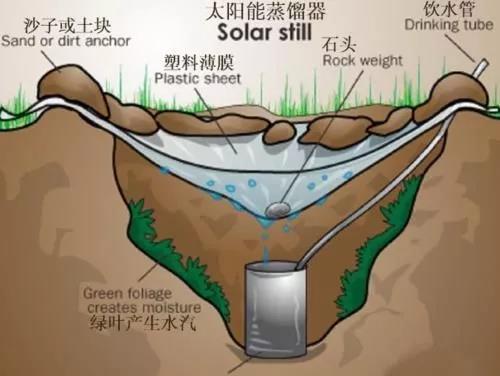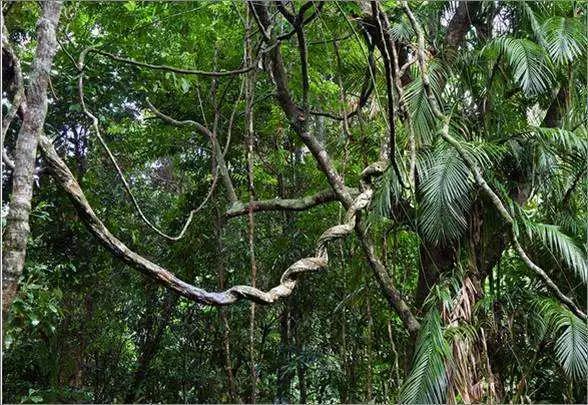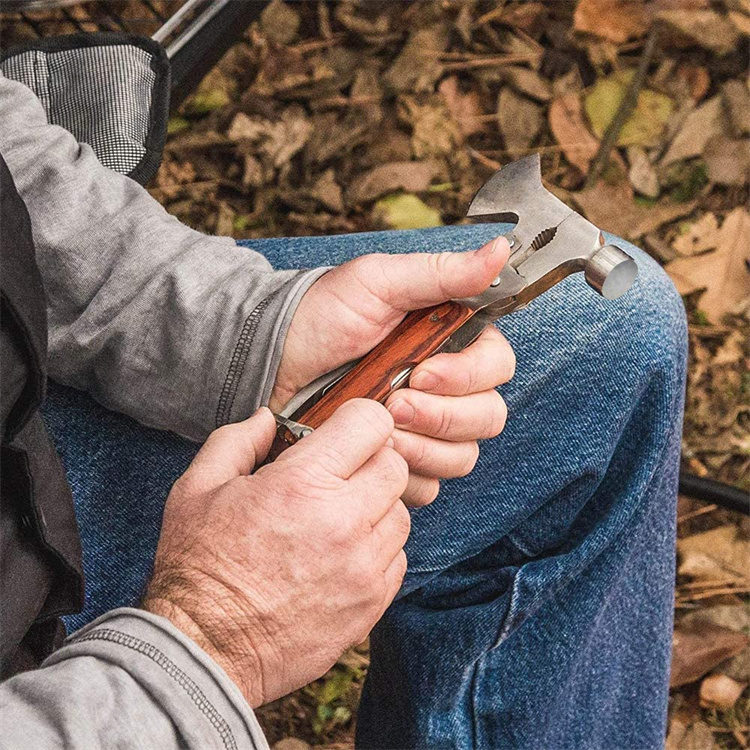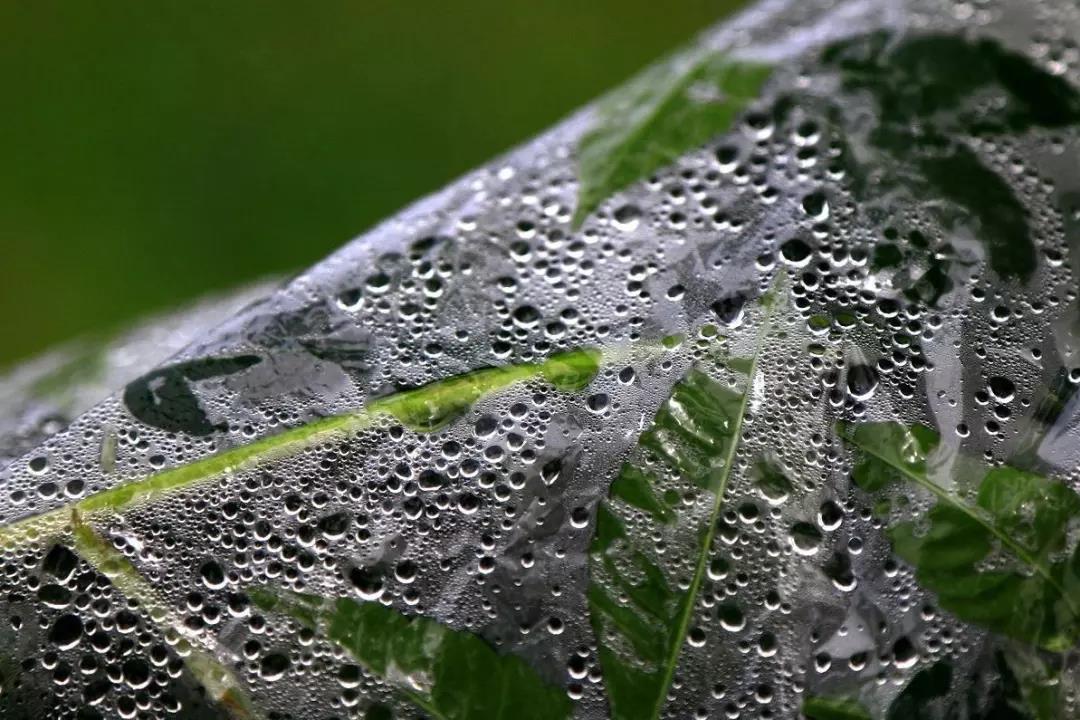
Is It Hard To Find Water for Wilderness Exploration?
Water as the "source of life" is a necessity for every outdoor adventure traveler.
Once you run out of water and can't find a water source during outdoor travel, it is very
dangerous and even life-threatening.
Therefore, learning to find and collect water in the wild is an essential survival skill for every
donkey.

In general, surface water refers to water including muddy water, rainwater, dew, etc.
Such water sources are easily available, but must be disinfected for drinking.

To purify the muddy water, first of all, thatch should be made into a conical grass vessel of about
one foot long, and the muddy water should be leached into the filtered grass vessel, and the vessel
should be connected with a container at the bottom, which can be filtered and sterilized several times
before drinking.
If it happens to rain, you can dig a hole in the trunk of a large tree and insert a bamboo tube, the rainwater
will flow along this tube, and the bottom of the container can be connected.
If you don't have a sharp tool to
dig the hole, you can use a long strip of cloth to wrap around the trunk of the tree and leave a foot long in the
container, so that rainwater can be introduced into the container along the strip of cloth.
To collect clean dew, you need to use a metal plate, place the metal plate in the open at night in a cool place,
the dew will automatically condense on the surface of the metal plate, when the water droplets condense in
sufficient quantity, the metal plate will be tilted into the container.
Without a metal plate, you can also use stones to collect.
Dig a shallow pit with a diameter of three feet on the ground, lay canvas or paper, clothes, sweet potato leaves,
etc, and then line up rocks on it in a V-shape about three feet high, the dew will accumulate in the canvas along
the rocks, remove the rocks the next day, you can get water, sterilized and drinkable.

In the wild, if the ground, underground water sources are dried up or unclean water sources can not drink,
but also in the plant to find water.
Where the tree is thick, broad leaves, more fruit, the tree hide water abundantly.
Use multifunctional camping equipment to dig a hole in the trunk of the tree, that is, there is water flowing out.
However, it should be noted that when digging a hole should be selected after the sunset, the most water at dusk.


This multifunctional camping hammer is a must for outdoor use, very convenient to use up.
Water vine is a plant with high water content, mainly located in the streams and wet areas below 800 meters above
sea level.
When you take water, just cut the stem and water will flow out. After the water is exhausted, cut it about one foot
upward and the water will flow out again.
Cactus plants are very rich in water and the sap can flow out from the cut after cutting off the top, or just mash the
shell and pulp and suck the sap with a straw.
If you find that the sap is milky white, do not drink it, it is mostly toxic.
If you dig a hole in the trunk of a wild plantain, the water will flow out, or just cut off the branch and drink it by the mouth.
Many thick bamboo species such as mahogany, gui bamboo and mengzong bamboo contain a small amount of water in their
stems, so you can take the water inside the bamboo nodes and drink it, but you need the water to be clean.
Wild loofah can be cut off directly from the stem and root, and its stem incorporated into a container or wrapped with a plastic
bag to tie the cut, and retrieved the next day to obtain drinking water.

If there is no surface water source or plants around, water can be collected with a piece of plastic sheeting.
Dig a deep hole in damp land or sand, put the water container into the hole, cover the hole with a plastic sheet, and press
a small stone to form a depression in the plastic sheet located in the center of the cup.
Under the effect of solar evaporation, the moist gas coming out of the ground will soon condense into droplets and fall into the
cup below the plastic sheet, and the water will be collected.